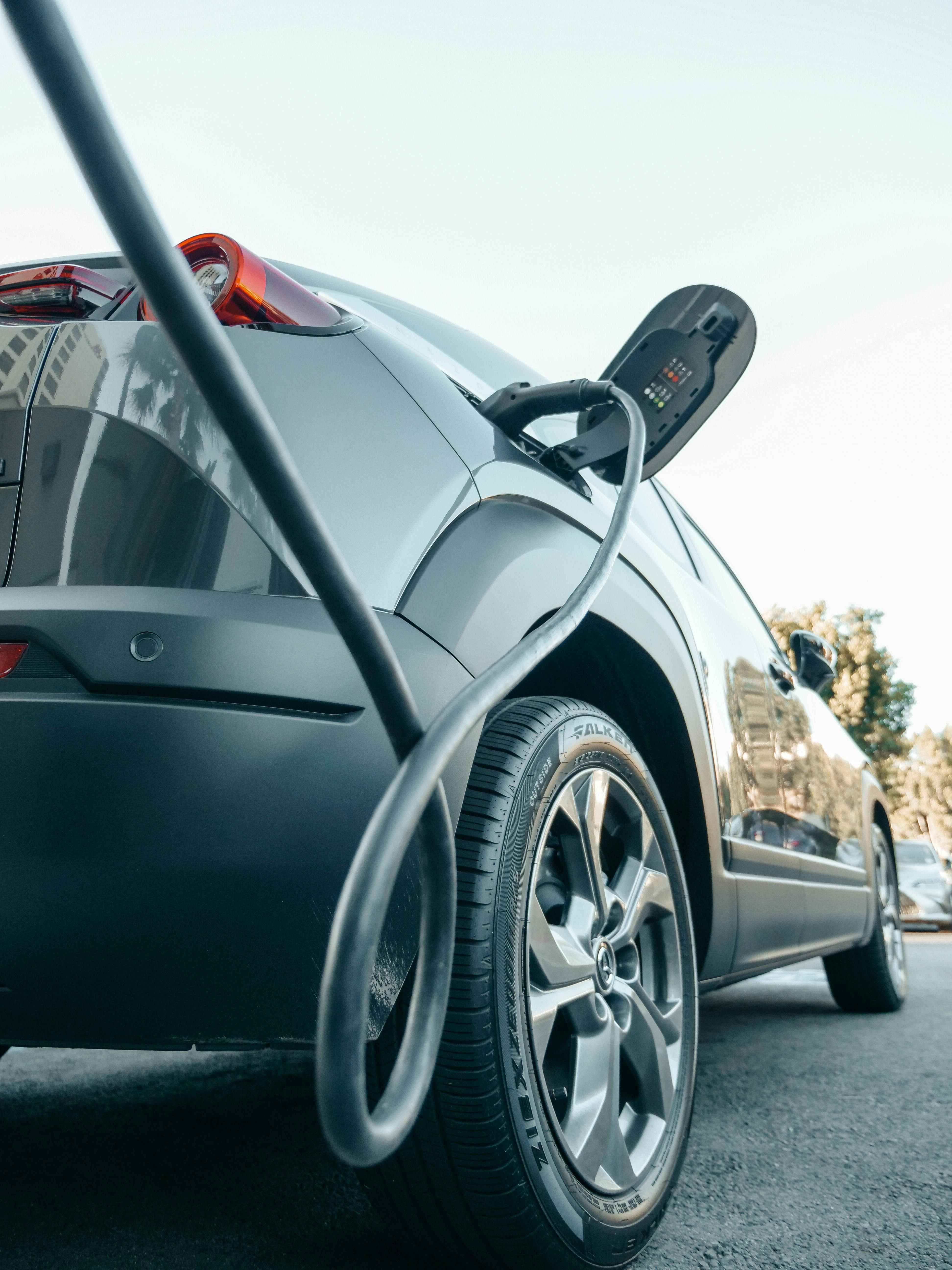Conflicting goals of electromobility: between sustainability, costs and market pressure

Electromobility is a challenge for companies: They have to skillfully balance costs, sustainability and market requirements. The transformation to electrified vehicle fleets is not just a technological upheaval - it is also a strategic balancing act. Companies today are faced with the challenge of developing sustainable solutions while remaining economically competitive and at the same time responding to a rapidly changing market.
Sustainability as a driver of innovation
Climate protection and CO₂ reduction are key drivers of electromobility. For many companies, sustainability is now an integral part of their corporate strategy. But ecological goals alone are not enough. Implementing them requires considerable investment in research, infrastructure and supply chains - from battery production to the recyclability of vehicles.
Cost management in the transformation
Electromobility is associated with high initial costs: Vehicle development, charging infrastructure, employee training and the restructuring of internal processes all put a strain on the budget. At the same time, companies are under pressure to secure marketable prices and returns. Those who do not calculate wisely risk losing their competitiveness in the long term.
The total cost of ownership (TCO) is particularly critical. Electric vehicles are often more expensive to purchase than conventional models, but offer lower operating costs. Companies must therefore analyze in advance when the investment will pay for itself - a balancing act between short-term cost pressure and long-term benefits.
Market pressure and customer needs
In addition to internal challenges, companies are confronted with an extremely dynamic market. Customers expect innovation, environmental awareness and attractive prices at the same time. Added to this are regulatory requirements, subsidy programs and international differences in market access.
If you want to be successful here, you have to be flexible, recognize technological trends and offer scalable solutions quickly. Close integration of product development, procurement and marketing is particularly important here - and all under time pressure.
Balance is the key
Electromobility offers enormous opportunities - but only if companies master the triad of sustainability, cost control and market orientation. Unilateral decisions quickly lead to strategic dead ends. The future belongs to those companies that actively manage this conflict of objectives and develop innovative, resilient business models.












































.svg)































